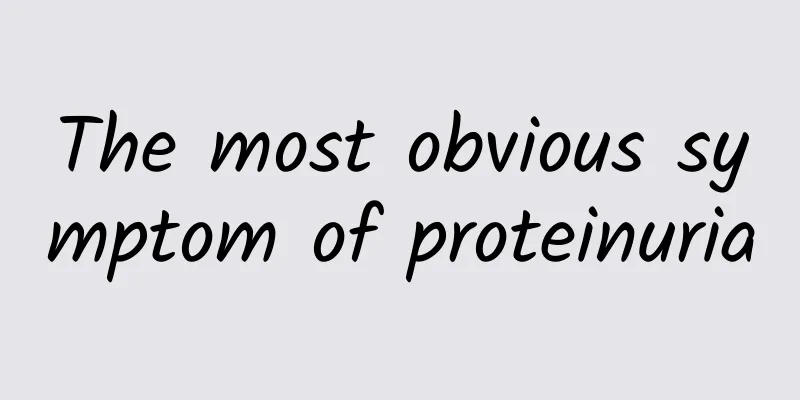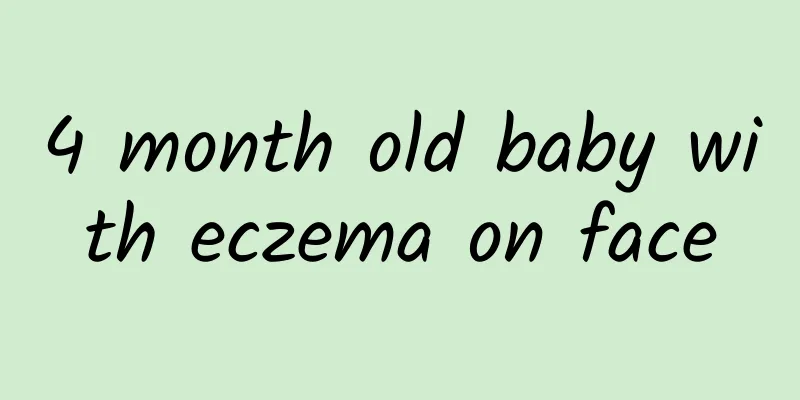Side Effects of Safflower

|
All medicines have two sides. If they have therapeutic properties, they will have certain side effects. Therefore, we must be good at utilizing the medicinal properties of medicines and try to avoid their side effects. Safflower is a common Chinese medicine. We also call it red and blue flower or thorny safflower. Safflower has very comprehensive effects and functions, so safflower is often used to treat diseases, but we must be aware of the side effects of safflower. Safflower can promote blood circulation and promote menstruation. It is very effective in treating injuries and menstruation. It can be said that most gynecological diseases can be treated with the help of safflower. Safflower (Scientific name: Carthamus tinctorius L.), also known as red and blue flower, thorny red flower, is a plant of the Asteraceae family and the genus Carthamus. It has dry tubular flowers that are orange-red in color. The flower tube is narrow and slender, with 5 lobes at the tip. The lobes are narrowly linear, and the anthers are yellow and united into a tube that protrudes beyond the lobes, with a stigma exposed in the center. It has a unique aroma and a slightly bitter taste. The best ones are those with long petals, bright red color and soft texture. It is mainly produced in Henan, Hunan, Zhejiang, Sichuan, Guizhou and other places. It promotes blood circulation and menstruation, dissipates blood stasis and relieves pain. It helps to treat amenorrhea, dysmenorrhea, lochia retention, chest pain, heart pain, abdominal pain due to blood stasis, stabbing pain in the chest and flanks, bruises, and swelling and pain of sores. It has the effects of promoting blood circulation, removing blood stasis, dispersing dampness and reducing swelling. Pregnant women should avoid using it, otherwise it will cause miscarriage. The flowers of safflower are used as medicine to regulate menstruation, promote blood circulation, and are mainly used to treat women's diseases. Nature and flavor: spicy, warm. ① "Kaibao Materia Medica": pungent, warm, non-toxic. ② "Tangye Materia Medica": pungent, sweet, warm and bitter. Meridians: Enters the heart and liver meridians. ① "Leigong Paozhi Yaoxing Jie" says: It enters the heart and liver meridians. ② "Bencao Jingjie": enters the foot Jueyin liver meridian and hand Taiyin lung meridian. ③"Bencao Zaixin": enters the liver and kidney meridians. Functions and indications: Promote blood circulation and regulate menstruation, remove blood stasis and relieve pain. It is used to treat amenorrhea, abdominal masses, dystocia, stillbirth, postpartum lochia, pain caused by blood stasis, carbuncle, and injuries from falls. ① "Tang Materia Medica": Treats lockjaw, blood clots, and postpartum diseases. ② "Kaibao Materia Medica": It is used to treat postpartum blood circulation, lockjaw, abdominal blood retention, colic, and fetal death. It can be boiled in wine and taken orally. It also treats bleeding caused by poison. ③ "Bencao Mengquan": If the throat is blocked and obstructed, mash the medicine into juice and swallow it. ④ "Compendium of Materia Medica": Promote blood circulation, moisten dryness, relieve pain, disperse swelling, and regulate menstruation. ⑤ "Bencao Zheng": The blood heat in smallpox is difficult to come out, and the blood stasis in maculopapular rashes cannot be eliminated. ⑥ "Bencao Zaixin": It can promote diuresis and reduce swelling, protect the fetus and abort the stillbirth. Function of formula ⑴ The recipe of red and blue flower wine (from "Golden Chamber") has the functions of promoting blood circulation, removing blood stasis, promoting qi and relieving pain. ⑵ Taohong Siwu Decoction (Yi Zong Jin Jian), nourishes blood, promotes blood circulation, and removes blood stasis. Used together with peach kernel, angelica, chuanxiong, raw rehmannia, red peony root, etc. ⑶Xuefu Zhuyu Decoction (from "Medical Errors Correction"), promotes blood circulation, removes blood stasis, promotes qi and relieves pain. It is mainly used to treat blood stasis in the chest, poor blood circulation, chest pain, headache that does not heal for a long time, and pain like a needle prick in a fixed place. ⑷ Tongqiao Huoxue Decoction (Yi Lin Gaicuo), which promotes blood circulation and opens the orifices, is mainly used to treat headache and dizziness caused by blood stasis in the head and face, or vitiligo, as well as dry blood tuberculosis in women and malnutrition in children. ⑸Shen Tong Zhu Yu Tang (from "Yi Lin Gaicuo"), promotes blood circulation and qi circulation, removes blood stasis and dredges the meridians, relieves numbness and relieves pain. It is mainly used to treat shoulder pain, arm pain, back pain, leg pain, or body pain caused by qi and blood stagnation in the meridians, which does not heal for a long time. ⑹ Fuyuan Huoxue Decoction (Medical Inventions), which promotes blood circulation, removes blood stasis, soothes the liver and dredges the meridians. It is mainly used to treat injuries caused by falls, blood stasis in the hypochondrium, and unbearable pain. Dosage and Administration: For internal use: decoct in water, 1-2 qian; make into powder or soak in wine, or mash into juice if fresh. For external use: grind into powder and sprinkle. Note: Pregnant women should not take this medicine. Poisoning reaction: Mainly manifested as abdominal discomfort, abdominal pain, diarrhea, or even gastrointestinal bleeding, abdominal cramps, and excessive menstruation in women. This is mainly related to the stimulating effect of safflower on the intestines and uterus. When poisoning occurs, some people may experience confusion and tremors, and in severe cases, convulsions. Breathing is first excited and then inhibited, leading to circulatory and respiratory failure. A small number of patients experience dizziness, rash, and transient urticaria. It is related to the stimulating effect of safflower on the nervous system and allergic reactions. The main causes of safflower poisoning are misuse and excessive dosage. Therefore, it should be avoided in pregnant women clinically, and should be used with caution by those with ulcers and hemorrhagic diseases. The dosage (decoction) should not be large, 3 to 9g is appropriate. Above we introduced what safflower is. We know that safflower is a traditional Chinese medicine. We can use safflower to treat injuries and symptoms such as menstruation in women. Safflower has certain side effects. Although safflower can treat many gynecological diseases, pregnant women are the ones who need to avoid safflower the most because it may cause miscarriage. |
<<: Traditional Chinese Medicine Weight Loss
Recommend
Is there a permanent way to remove hair?
Body hair is an indispensable part of human skin....
How to recover quickly from tailbone pain
Although the coccyx is not an essential structure...
What should I pay attention to in my diet for antral gastritis?
Antral gastritis, also known as chronic non-atrop...
Why do tonsils often get inflamed? Here are four reasons to tell you
Tonsils are masses of lymphoid tissue located in ...
What to eat to get better quickly from back pain
Low back pain is a common problem, but we cannot ...
What if my period comes 7 days early?
If your period comes seven days early, you should...
Is leek an antidote?
Amaranth generally does not affect the efficacy o...
The efficacy and function of traditional Chinese medicine Aconite
The Chinese medicine aconite is very common. This...
What to do after cutting your finger with a knife
Various accidents often happen in life. For examp...
What is bloodletting therapy for cerebral thrombosis?
Patients with cerebral thrombosis may have heard ...
The efficacy and role of Sichuan Army
Sichuan army is a plant native to the Sichuan reg...
How to identify wild Dendrobium candidum
Most people buy Huoshan Dendrobium officinale bec...
Don’t be afraid of hemorrhoids during pregnancy, these six fruits can “save your life”
Pregnant women can only eat a limited amount of f...
Elevated aspartate aminotransferase
Do you know what causes elevated aspartate aminot...
Early symptoms of myocardial infarction
Many people don’t know that, in fact, many elderl...









